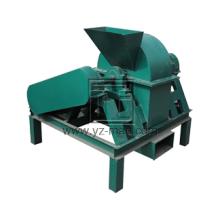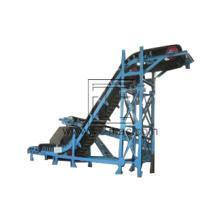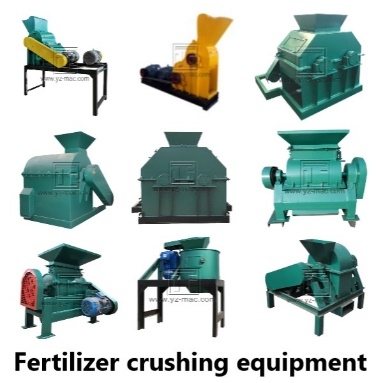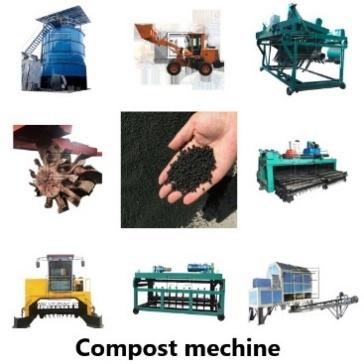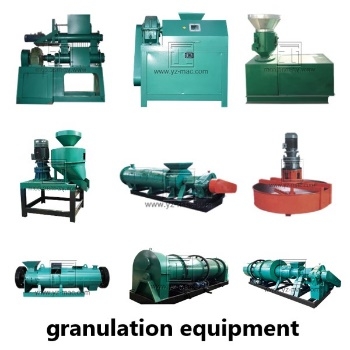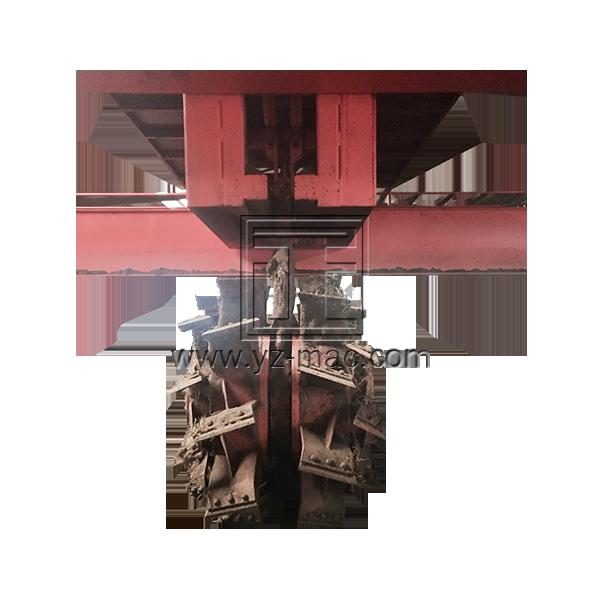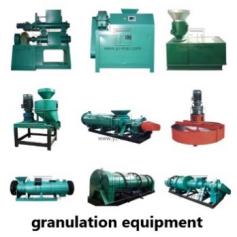Cage type fertilizer crushing equipment
Cage type fertilizer crushing equipment, also known as cage mill, is a machine used to crush materials into smaller particles for use as fertilizer. It is a type of impact crusher that uses multiple rows of cage-like rotors to pulverize materials.
The main features of cage type fertilizer crushing equipment include:
1.High crushing efficiency: The cage mill is designed to operate at high speeds and crush materials quickly and efficiently.
2.Uniform particle size distribution: The machine is equipped with multiple rows of cages, which ensures that the crushed particles are of a uniform size.
3.Low maintenance: The cage mill is designed with a simple structure that requires minimal maintenance.
4.Versatility: The machine can be used to crush a wide variety of materials, including fertilizers, minerals, and other materials.
5.Low operating costs: The cage mill has a low energy consumption and low operating costs.
Cage type fertilizer crushing equipment is commonly used in fertilizer production facilities to crush organic and inorganic fertilizers, as well as other materials used in the production of fertilizers. It is especially useful for crushing materials that are difficult to pulverize using other types of crushers, such as bone meal, animal manure, and other materials with a high moisture content.


